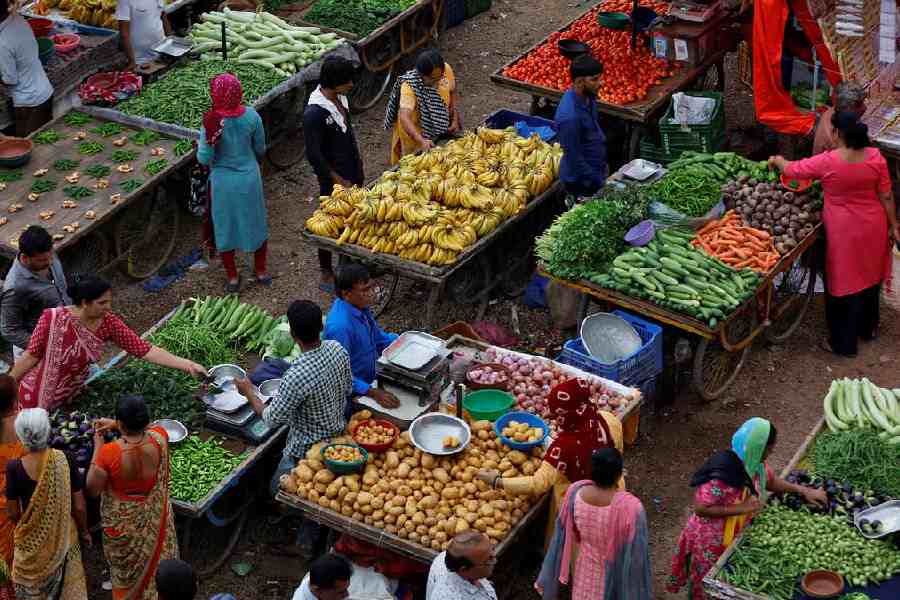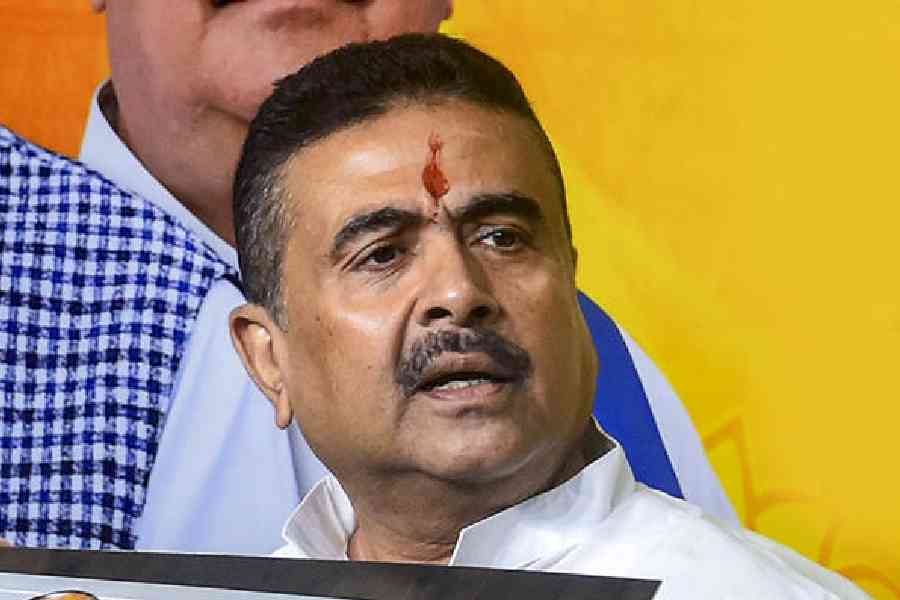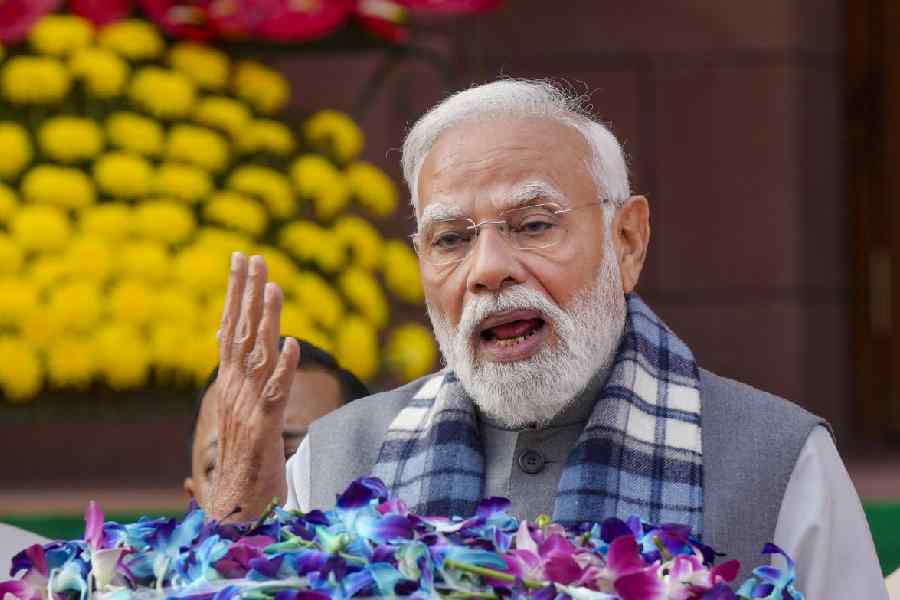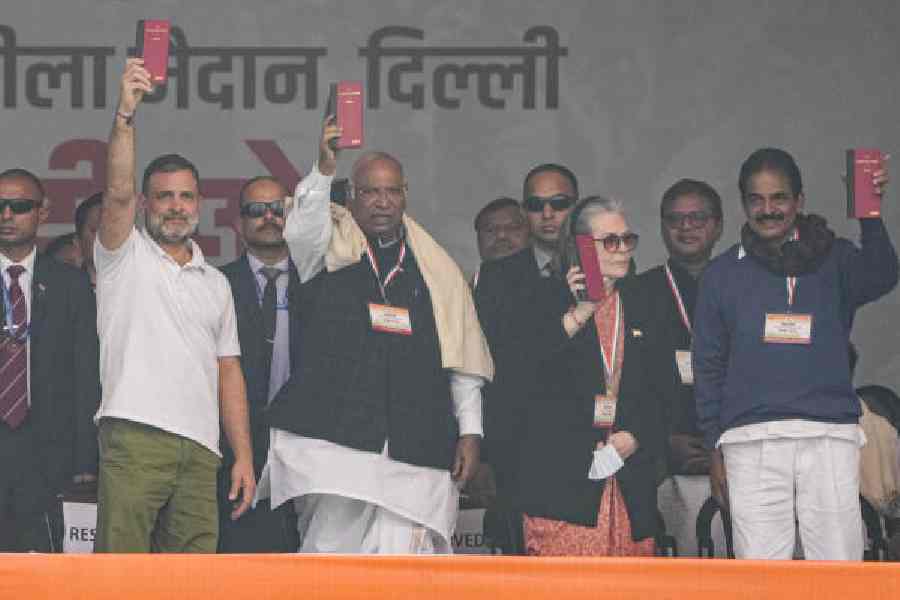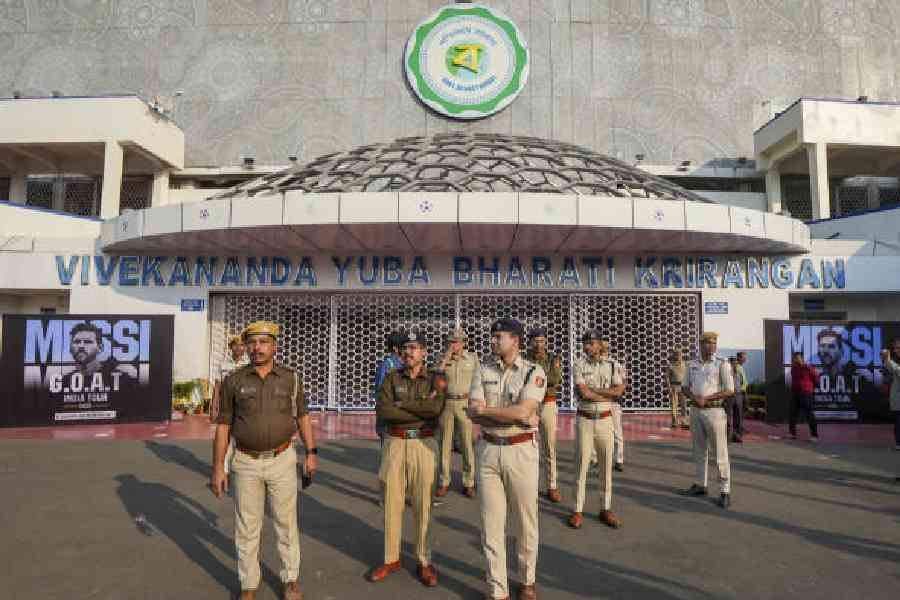Retail inflation dipped to an over six-year low of 2.82 per cent in May on the back of subdued prices of food items. The Consumer Price Index (CPI) based retail inflation was 3.16 per cent in April and 4.8 per cent in May 2024.
Food inflation was at 0.99 per cent in May, significantly down from 8.69 per cent in the year-ago month, according to data from the National Statistics Office (NSO).
“The significant decline in headline inflation and food inflation during May 2025 is mainly attributed to a decline in inflation of pulses, vegetables, fruits, cereals, household goods and services, sugar and confectionery and egg and the favourable base effect,” NSO said in a statement.
The food inflation for the month was the lowest since October 2021. Within food, there was a decline in inflation for potatoes (20.29 per cent), tomatoes (26.19 per cent), onions (10.71 per cent), chicken (7.66 per cent), arhar (19.54 per cent), and jeera (17 per cent) during May on an annual basis.
“CPI inflation eased further in May, coming in below expectations and marking the lowest reading since February 2019. The decline was largely driven by sustained moderation in food inflation and a favourable base effect from the previous year.
“Deflation in key components such as vegetables, pulses, spices, and meat contributed to this decline. However, double-digit inflation in edible oils and fruits partially offset the broader moderation,” said Rajani Sinha, chief economist, CareEdge Ratings.
The persistent rise in edible oil prices is driven by a contraction in oilseed sowing, rising global prices and India’s dependence on imports in this segment.
The government’s recent move to reduce the basic customs duty on imported crude edible oils from 20 per cent to 10 per cent is expected to offer some relief going forward.
“The CPI inflation cooled further in May 2025 to a 75-month low, led by the food and beverages segment, validating the Monetary Policy Committee’s decision to frontload rate cuts. The inflation print for the food and beverages segment slumped to a 73-month low of 1.5 per cent in May 2025 from 2.1 per cent in April 2025, amid a cooling in as many as eight of the twelve components, including vegetables and pulses,” said Aditi Nayar, chief economist and head - research and outreach, Icra.
Among the states, Kerala saw the highest inflation of 6.46 per cent in May, while the lowest inflation was in Telangana at 0.55 per cent. Bengal’s CPI inflation was at 2.45 per cent during May compared with 3.16 per cent in April.
Outlook
While a benign food inflation is expected to help CPI inflation cool off further, the progression of the monsoon — which arrived early but has since halted — remains a key factor to monitor, said economists and market analysts.
“We expect CPI inflation to remain at comfortable levels in the near term, averaging 4 per cent for FY26. This will be supported by moderating food prices, stable core inflation, and favourable base effects.
“However, downside risks from supply chain disruptions due to trade policy uncertainties and geopolitical tensions need to be monitored. On the monetary policy front, the RBI’s frontloaded rate cuts are likely to limit the room for further easing unless growth weakens materially,” said Sinha.
“Given the current inflation trajectory, we expect headline inflation to average 4 per cent this fiscal,” said Dipti Deshpande, principal economist, Crisil.
“Icra expects the CPI-food and beverages inflation to ease further in June 2025, supported by a favourable base. This is expected to pull down the headline CPI inflation print to around 2.5 per cent for the month,” said Nayar.
“We expect the CPI inflation to ease to 3.5 per cent in FY26, lower than MPC’s revised forecast of 3.7 per cent. Likewise, we expect the GDP growth to print at 6.2 per cent in FY26, lower than the MPC’s forecast of 6.5 per cent for the fiscal,” Nayar said.

